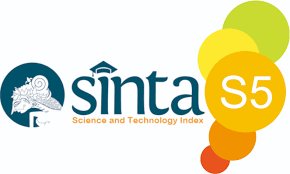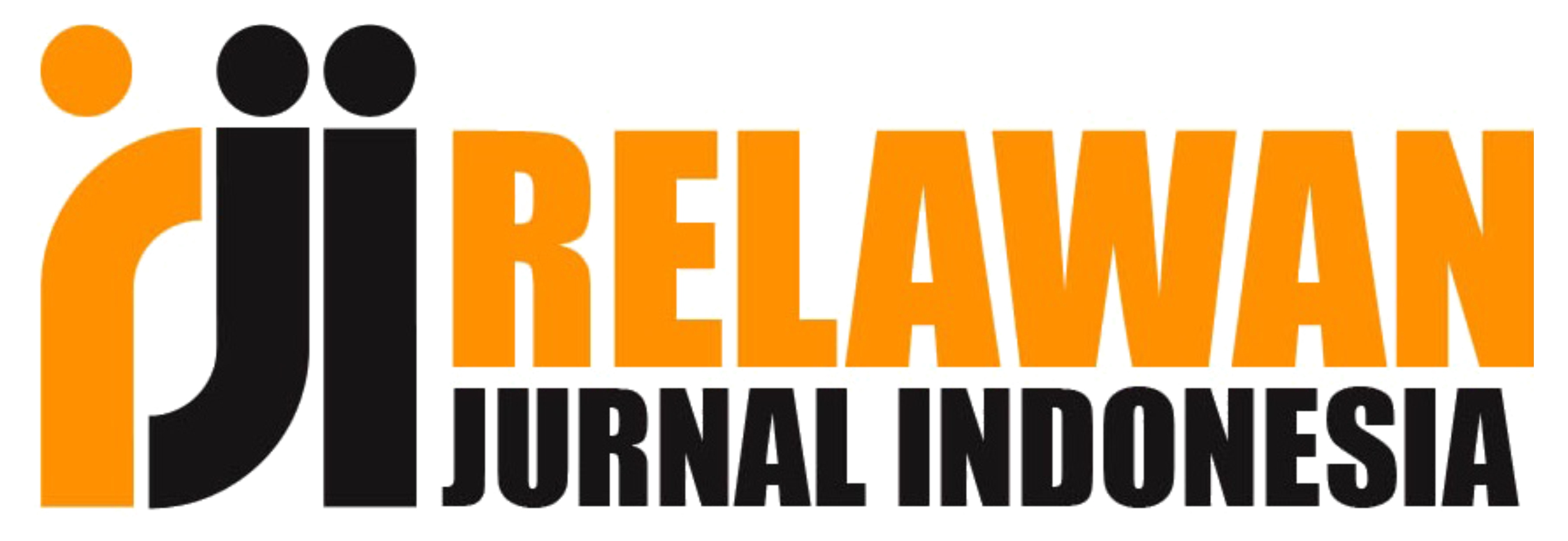Human Capital Analysis at PT. Matahari Department Store Festive Walk Karawang
DOI:
https://doi.org/10.55583/invest.v5i1.629Keywords:
Human Capital, Individual Capability, Individual Motivation, The Organizational Climate, Workgroup Effectiveness, LeadershipAbstract
The purpose of this research is to analyze the human capital owned by PT Matahari Department Store Festive Walk Karawang. The application in creating human capital in the company includes five components, namely individual capability, individual motivation, the organization climate, workgroup effectiveness and leadership. Because of the importance of human capital in the progress of a company, companies need to pay attention to the application of human capital components to the maximum. The success of a company depends not only on technological excellence and the availability of funds, but also on existing human capital factors. From the observation, there are so many companies in Indonesia that have not maximized their human capital. The results showed that the application of components in creating human capital at PT Matahari Department Store Festive Walk Karawang is quite good.
References
Afandi, P. (2018). Human Resource Management (Theory, Concepts and Indicators). Riau: Zanafa Publishing.
Danang, Sunyoto. (2018). Human Resource Management. Jakarta: PT Buku Seru.
Djampagau, H. D., Salim, U., & Wijayanti, R. (2018). The Relationship of Human Capital, Innovation, and Corporate Performance (A Study of Small and Medium Rattan Businesses in Palu City Central Sulawesi Province). KnE Social Sciences.
Fahmi, M., Agung, S., & Rachmatullaily, R. (2018). Leadership Style and Organizational Culture on Employee Performance. Innovator, 7(1), 90-109.
Frendy, F. W., & Utomo, C. W. (2023). The Role of Human Capital in the Company. JIEMBI: Journal of Economics, Management and Business, 1(1), 15-21.
Hamiruddin, Hajar, I., & Saleh, S. (2019). The Effect Of Organizational Communication, Work Motivation And Teamwork On Employees Performance. Journal of Management, Business and Organization (Jumbo), 3(1), 138-151.
Ismiyati, I. (2020). The Effect of Human Capital on Organizational Performance. Journal of Administration and Secretariat, 5(1), 56-73.
Kim, J. (2021). An analysis of Uganda's vocational education: Assessing human capital and human development approaches. Issues in Educational Research, 31(2), 556-573.
Kusuma, G., & Rahardja, E. (2018). The Effect of Transformational Leadership Style, Organizational Culture and Work Motivation on Employee Performance (Study on Employees of PD BPR BKK Taman Pemalang). Diponegoro Journal of Management, 7(2), 210-220.
Nawi, F. A. M., Tambi, A. M. A., Samat, M. F., & Mustapha, W. M. W. (2020). A review on the internal consistency of a scale: the empirical example of the influence of human capital investment on Malcom Baldridge quality principles in TVET institutions. Asian People Journal (APJ), 3(1), 19-29.
Obelafu, P., Jamaludin, A., & Nandang, N. (2023). The Effect of Talent Management and Work Motivation on Employee Performance at PT Cipta Niaga Semesta. INVEST: Journal of Business and Accounting Innovation, 4(2), 470-479.
Pal, S. (2023). Does remittance and human capital formation affect financial development? A comparative analysis between India and China. Asia-Pacific Financial Markets, 30(2), 387-426.
Prayetno, S. (2017). Human Capital Strategy: A new paradigm for executives. Journal of STIE Ganesha (Management and Business), 1(2), 97-113.
Rivera, B., Leon, M., Cornejo, G., & Florez, H. (2023). Analysis of the effect of human capital, institutionality and globalization on economic complexity: Comparison between latin america and countries with greater economic diversification. Economies, 11(8), 204.
Rusdiana, A. and Ibrahim, Tatang (2020) Human Capital development management. Yarama Widya, Bandung.
Rusmingsih, D., Widarni, E. L., & Bawono, S. (2021). Human psychological factors in the success of human capital investment in driving financial performance, case study of the hotel industry in Indonesia and Malaysia. HOLISTICA–Journal of Business and Public Administration, 12(1), 69-75.
Sugiyono. (2019). Quantitative and Qualitative Research Methods and R&D. Bandung: ALFABETA.
Viana, Hernia Tut and , Achmad Dwityanto, S.Psi, M.Si (2017) The Relationship Between Perception of Work Environment and Work Motivation in Surakarta City Hall Employees. Thesis, University of Muhammadiyah Surakartta.
Villela, R., & Paredes, J. J. (2022). Empirical analysis on public expenditure for education, human capital and economic growth: evidence from Honduras. Economies, 10(10), 241.
Yohanes, R. & Retno. (2019). The effect of human capital, entrepreneurship orientation and market orientation on competitive advantage (case study on hospitality industry in central java) Journal of Economic Appreciation 7(3): 247-257.
Yuniarsih, N., Rohmalia, Y., Saleh, A. R., Nijomi, S. R., Septianti, A., & Farida, A. N. (2022). Application of Human Capital Management in Improving HR Quality to Company Performance. Diversity: Postgraduate Scientific Journal, 2(2).
Zami, M. F. Z., & Machdum, S. V. (2020, July). Human capital development in increasing community interest in reading. In Proceeding International Conference on Social Work (ICSW) (pp. 1-16).
Downloads
Published
How to Cite
Issue
Section
License
Copyright (c) 2024 Asep Jamaludin, Juniar Pratiwi Gultom, Nandang Nandang

This work is licensed under a Creative Commons Attribution-NonCommercial 4.0 International License.










